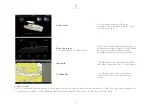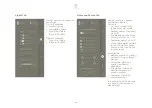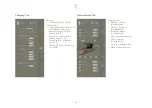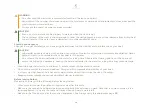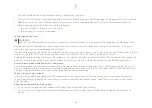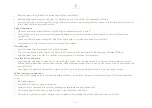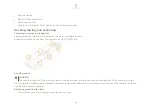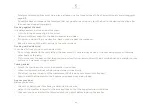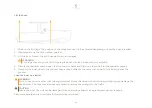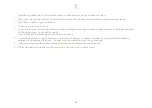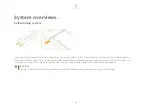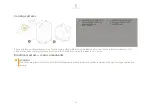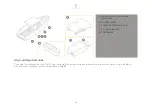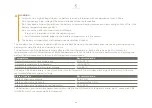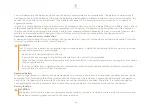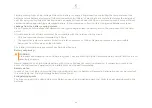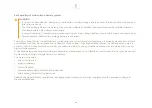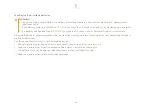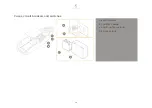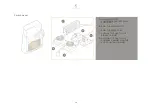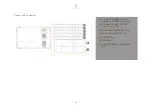
45
1.
Check the depth displayed from the Echo Sounder.
2. Study the seabed conditions and make sure that there is good holding ground.
3. Check that the safety chain has been released from the anchor.
4. Let out the anchor line equal to at least 6 times the depth of the water.
5. If bow anchoring: put the motor in astern to check that the anchor has taken hold.
6. Note your position on the GPS.
Check regularly on the GPS that the boat has not moved from its position.
When you are ready to pull up the anchor again, make sure to fix it securely onto the boat.
WARNING
An anchor that falls off when under way may cause severe damage to the boat and mortal danger to the crew.
Always fasten the anchor securely onto the boat.
Lifting and transporting
High-voltage batteries in the boat during transport
The high-voltage lithium-ion batteries are classified as dangerous goods and are subject to specific national conditions
for transport, storage, and disposal. Strict safety regulations apply to the transport of defective or intact lithium batteries.
Transport of undamaged battery packs installed in a boat are exempted from dangerous goods regulations when such
batteries are transported by private individuals. For example, when transporting the boat to a winter storage facility.
Lifting equipment
Commission only a reputable lifting company or a boatyard with sufficient lifting capacity to lift the boat. Make sure the
company has full insurance cover, in case of any damages.
Also do the following:
•
Before operating lift equipment, check and determine applicability of federal, state, or local requirements.
•
Follow the requirements and recommendations from the manufacturer of the lifting equipment.
•
If applicable, make sure any straddle lift will be operated by a trained operator.
•
The lifting beam should be the same width as the boat.
Summary of Contents for EELEX 8000
Page 1: ...OWNERS MANUAL EELEX 8000...
Page 24: ...24 Knife in protective sheath Drinking water...
Page 76: ......

